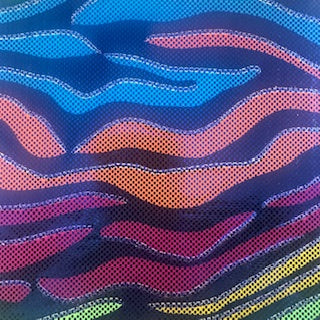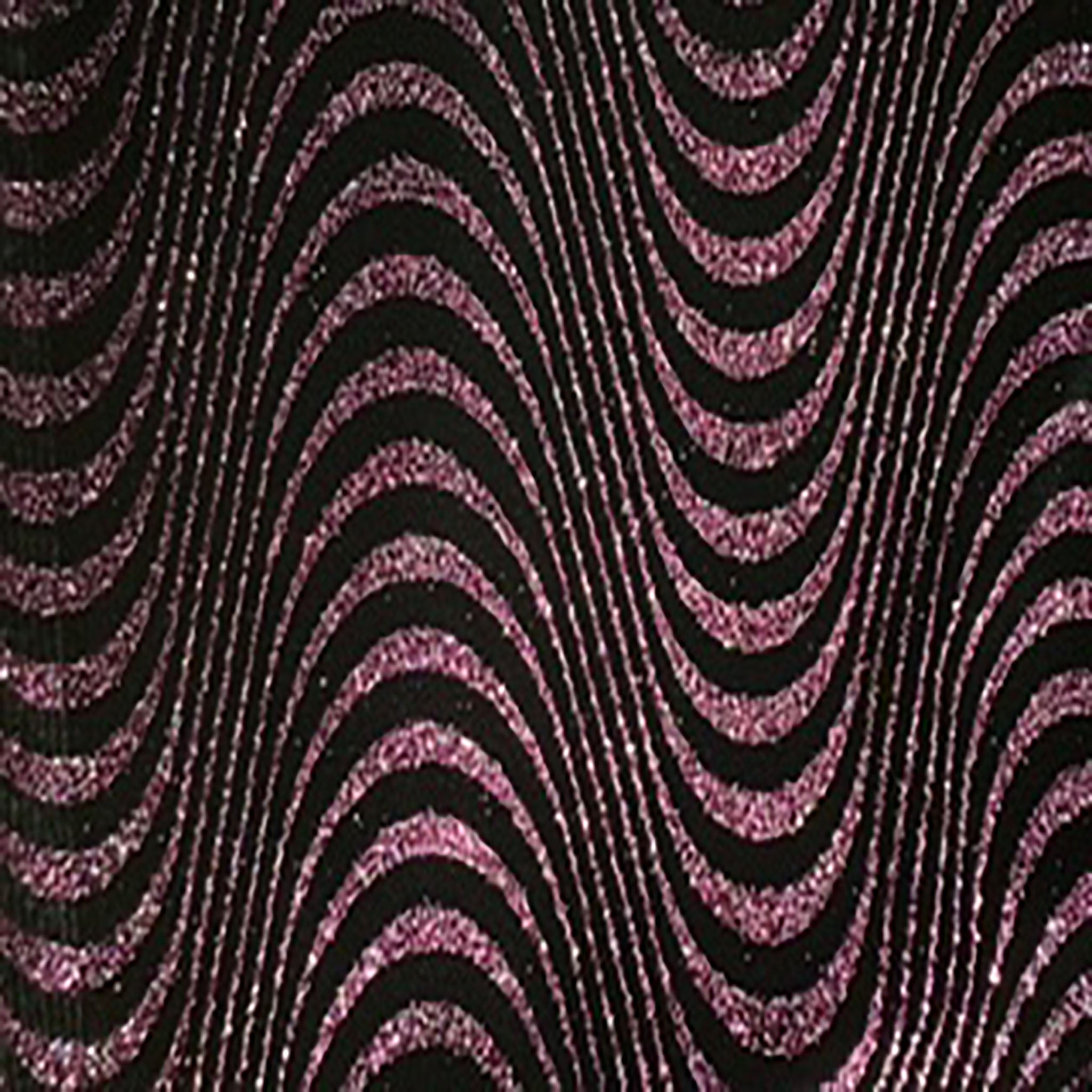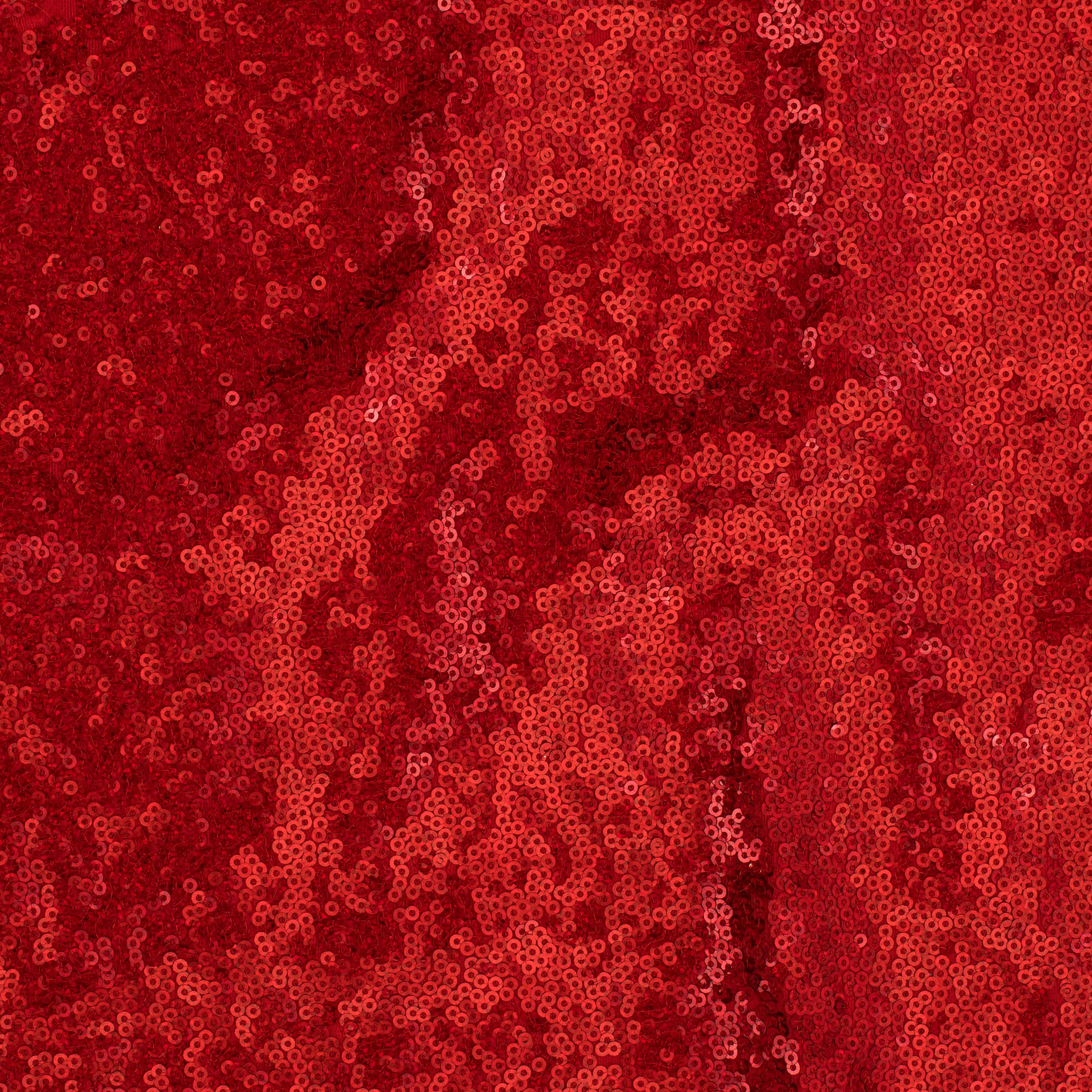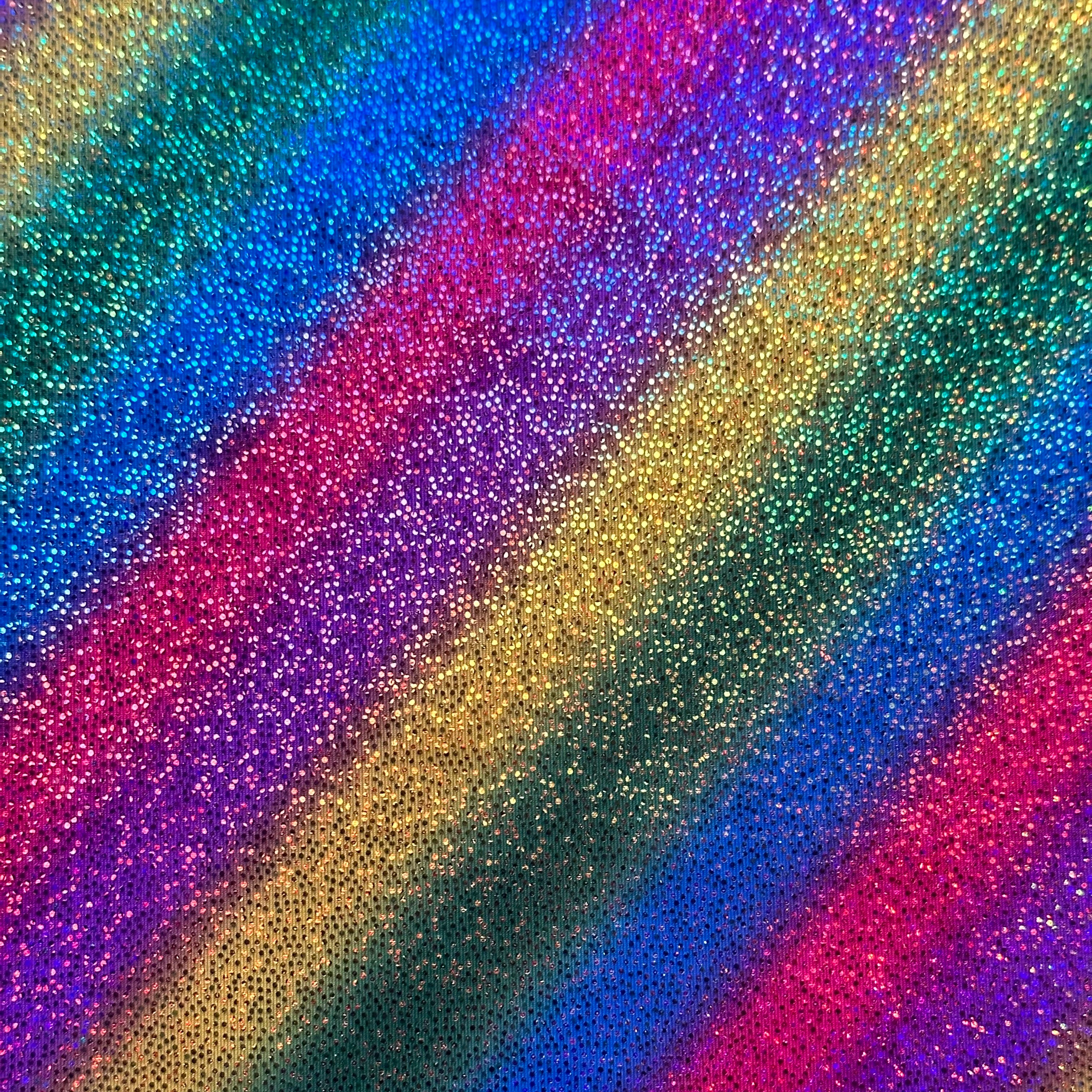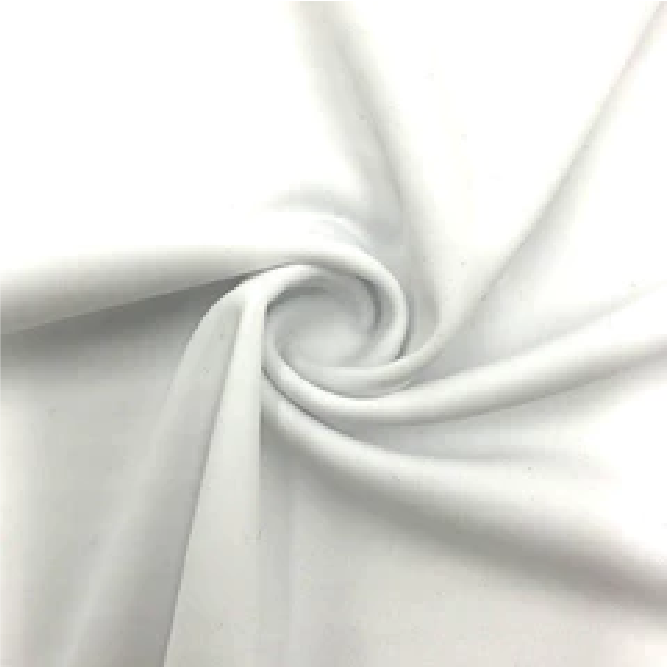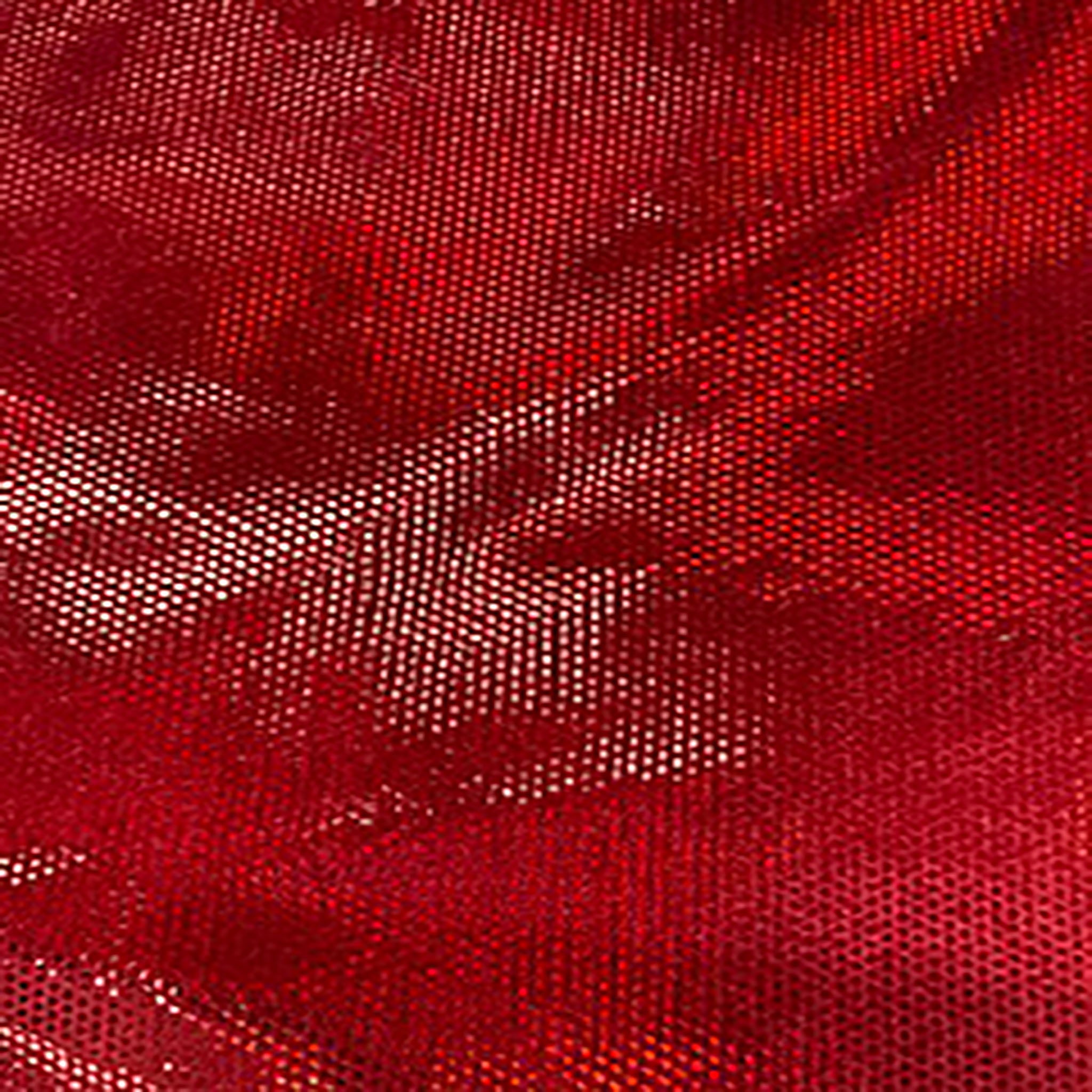In the world of fabrics, few materials offer the comfort, flexibility, and versatility that spandex provides. Whether you're a seasoned seamstress or a novice in the art of sewing, mastering the skill of hand-sewing spandex fabric opens up a realm of possibilities. In this comprehensive guide, we'll delve into the techniques and tips that will empower you to create stunning, well-crafted garments using spandex fabric, all with the precision and care that hand-sewing demands.
Understanding Spandex:
Spandex, known for its exceptional elasticity, requires a unique approach when it comes to hand-sewing. Unlike traditional fabrics, spandex fibers are designed to stretch and recover, demanding a careful and thoughtful hand-sewing technique to preserve these qualities.
Essential Tools:
Before embarking on your spandex sewing journey, gather the essential tools that will contribute to the success of your project. High-quality, sharp needles, polyester thread, and fabric clips are indispensable. Additionally, a stretch needle or ballpoint needle designed for knit fabrics will ensure smooth sewing without damaging the spandex fibers.
Preparation:
Prepare your spandex fabric by washing and drying it according to the fabric care instructions. This step helps to pre-shrink the fabric and ensures that your finished garment maintains its shape and fit over time. Lay the fabric flat and smooth out any wrinkles to create an optimal working surface.
Stitch Selection:
Choosing the right stitch is crucial when hand-sewing spandex fabric. Opt for a stretch stitch or a narrow zigzag stitch on your sewing machine if available. If sewing by hand, the backstitch is recommended for its strength and flexibility. This stitch allows the fabric to stretch without compromising the integrity of the seam.
Pinless Sewing:
Spandex's elasticity can make pinning challenging and may leave permanent holes in the fabric. Consider using fabric clips instead of pins to secure seams. These clips grip the fabric securely without causing damage, allowing you to maintain the stretch and recovery properties of the spandex.
Tension Control:
Maintaining proper tension is key to successful spandex hand-sewing. Whether using a sewing machine or sewing by hand, practice controlling the tension on scrap fabric to achieve the perfect balance. Adjust the machine's tension settings or your hand-sewing technique until you find the sweet spot that ensures a secure yet flexible seam.
Finishing Touches:
Once your garment is complete, give it a polished finish by trimming excess seam allowances and reinforcing stress points. A twin needle can be used for hemming to create a professional-looking, stretchable edge.




